Berlin’s annual festival for playful media, A Maze, opened with a piano concert performed by a dog-shaped avatar and closed with a techno rave featuring performers in dog masks. In between, the festival offered a rich variety of performances, lectures, panel discussions, and game presentations. Alongside conversations on education and funding, there were vibrant debates on AI and cultural heritage, experimental game design, and disruptive approaches to industry standards. From feathers to fur, animal logic surfaced again and again – sometimes as a playful concept, other times as a guiding principle.
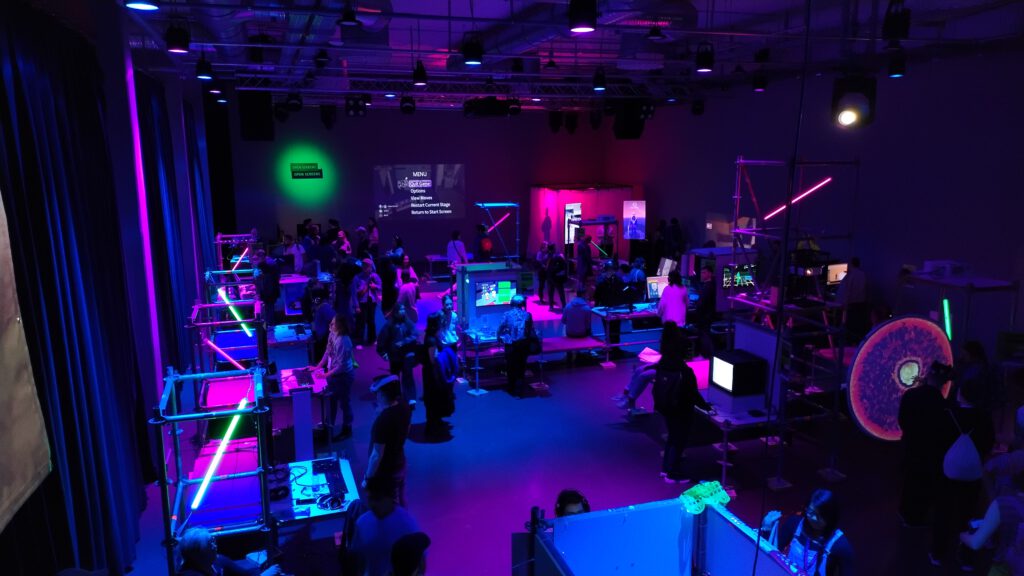
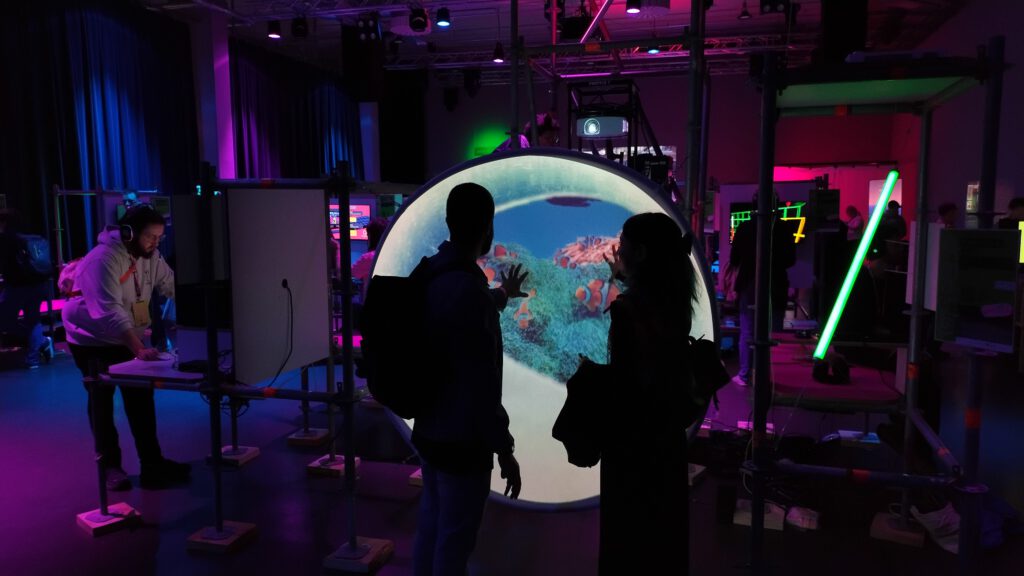
The exposition floor showcased primarily screen-based works that either explored overlooked social issues, raised minority awareness, or addressed political conflicts, all within the framework of interactive media experimentation. Single-player games stood out for their artistic design and their critical engagement with questions of originality in the interactive media industry. Multiplayer experiences, meanwhile, explored new forms of community-building and social interaction, enabled by emerging media technologies.
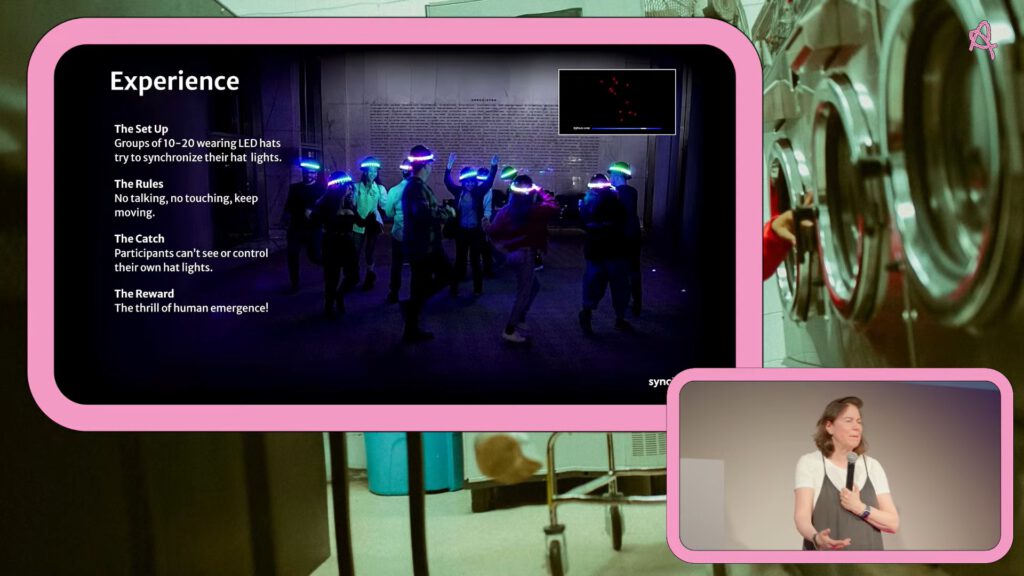
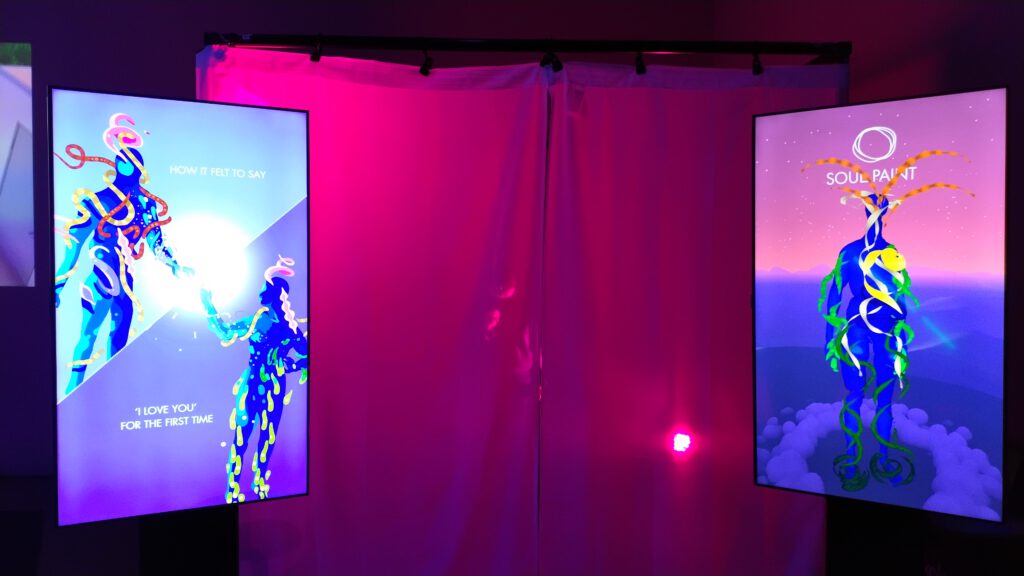
Immersive virtual reality experiences echoed these patterns. Soul Paint, a single-player VR installation prompted meditative and psychological self-reflection, set in a virtual world shaped by the user’s own creative expression and heightened self-awareness. Multi-user VR experiences, like ROAMance or Liminal, invited participants on a surreal journey through multidimensional portals, offering a mysterious and collaborative exploration of co-located virtual spaces.
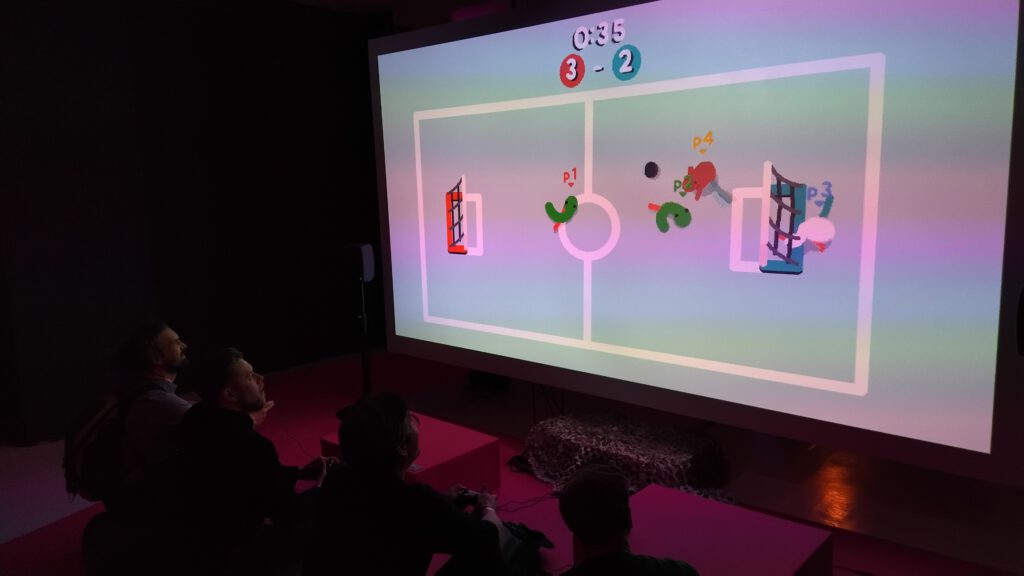
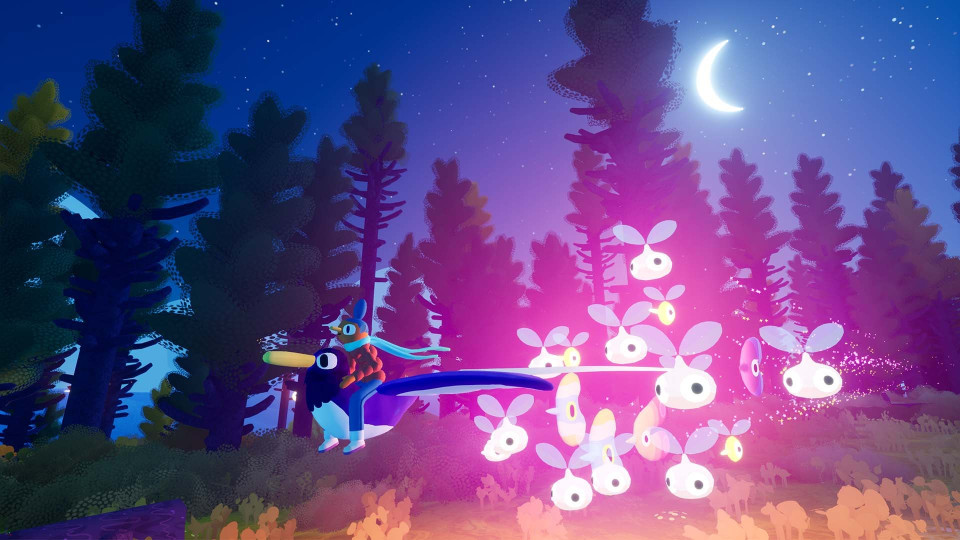
Self-awareness in relation to social environments emerged as a recurring theme across many works. Particularly striking was the frequent use of animal behavior – not merely as a stylistic device, but as a conceptual framework. In the game Flock, players guided flocks of fantastical creatures through a dreamlike world, offering a subversive counterpoint to typical blockbuster monster-hunting tropes. A team-based hockey game featured quirky animal characters, mixing the comedic physics of slipperiness with structured rule sets. Perhaps most striking was the interactive swarm simulation Sync.Live: players equipped with headlamps entered a darkened space to carry out silent, self-organizing tasks, modeled on the coordinated movement patterns of bird flocks and fish schools.
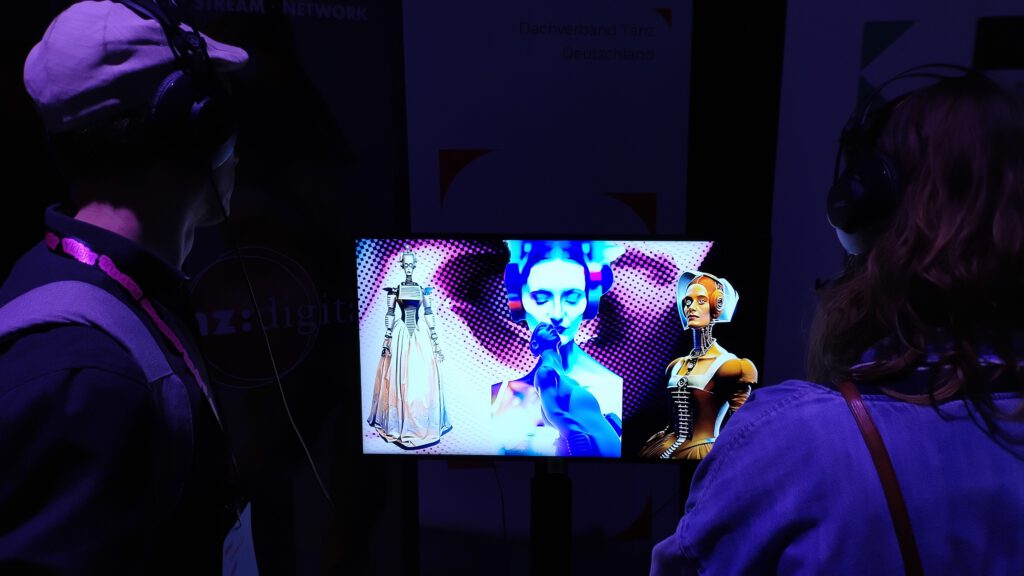
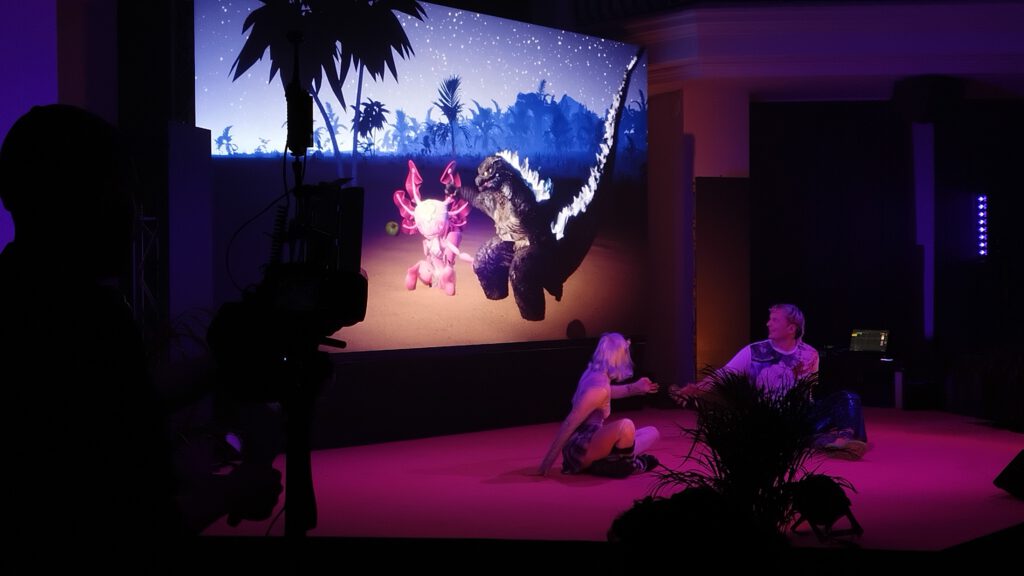
Beyond the games and installations in the expo hall, and the lectures and workshops in the conference rooms, the heart of the festival remained its performance stage – home to explorations of dual identities in Afterlife and celebratory expressions of presence and multiplicity. Here, screen-based work, physical installation, and communal participation converged in theatrical forms unique to a festival of playful media – an event that continues to “dogfood” innovation among birds of a feather through the curious, often revealing, lens of animal logic.

